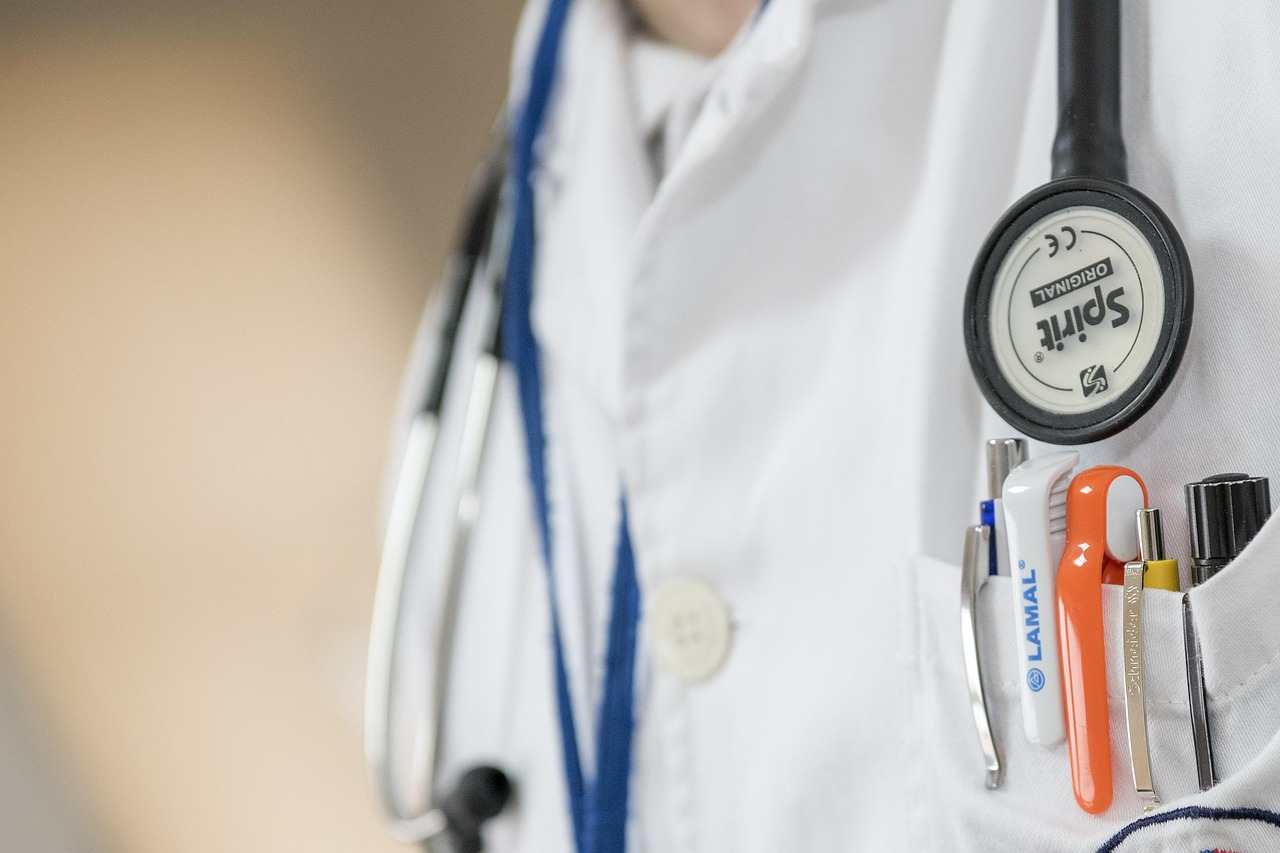In moments of crisis, knowing how to access the right medical care can be life-saving. Whether it’s a sudden injury, an acute illness, or a chronic condition worsening unexpectedly, understanding the healthcare options available significantly reduces the panic and confusion that often accompany urgent situations. There’s a growing need for individuals to be prepared for medical emergencies by considering various channels of care, from traditional ER visits to innovative methods like telemedicine.
Understanding Urgent Medical Situations
Recognizing the signs of urgent medical situations is crucial. Situations can range from non-life-threatening emergencies, such as minor fractures or severe allergic reactions, to life-threatening conditions like heart attacks or strokes. What sets urgent situations apart is the need for swift medical attention; delays can lead to severe complications or worsening health.
A simple cut might seem trivial, but if it becomes infected and untreated, it can lead to serious health issues. The same applies to symptoms like chest pain or shortness of breath, which require immediate evaluation to rule out critical conditions. Staying informed about what constitutes a true medical emergency helps in seeking appropriate care and assists in efficiently communicating concerns to healthcare providers.
The Role of Online Services in Emergency Care
Medical care has transformed. Telemedicine has gained traction as a reliable tool in urgent care. Individuals can now consult healthcare professionals without leaving their homes. This accessibility is particularly beneficial during a pandemic or in areas with limited health facilities, as it offers a safe alternative to crowded waiting rooms.
With the right digital platforms, patients can access reliable advice and prescriptions efficiently. Think about programs that allow you to use online urgent care to attend to non-emergency medical questions or reviews of symptoms. Virtual consultations are conducted by certified medical professionals who assess conditions using video or audio calls.
They can provide advice, recommend treatment options, and, if necessary, instruct patients on visiting local facilities for further evaluation. Embracing this technology helps bridge gaps in traditional healthcare and provides quicker service to individuals in need.
Preliminary Steps to Take Before Seeking Help
Before heading to a medical facility, having a clear idea of your symptoms can help healthcare professionals diagnose you effectively. Keeping track of how long symptoms have persisted or if any medications were taken can provide important clues. It’s beneficial to have a health checklist handy that includes any allergies, medical history, and a list of current medications, which can significantly expedite your treatment.

Apart from preparing medical information, ensure you have adequate health insurance coverage or knowledge about what your plan entails. Understanding your insurance can help you make informed decisions about where to seek care, whether an urgent care center, an ER, or online services.
Selecting the Right Care Based on the Situation
Choosing the appropriate medical facility requires understanding the differences between emergency rooms, urgent care centers, and online medical consultations. ERs are equipped to handle severe conditions and life-threatening issues, making them ideal for acute cases. Urgent care centers are designed to address non-life-threatening conditions that still require immediate attention, such as fever, sprains, or minor injuries.
Telemedicine serves as a practical alternative for issues that don’t require physical examination. It allows patients to receive guidance for non-emergency symptoms, track chronic conditions, and follow up on existing treatment plans without needing to leave home, saving time and avoiding unnecessary exposure to pathogens in medical environments.
Emergency Preparedness: Building Your Health Kit
A well-stocked health kit is a crucial component of emergency preparedness. It should include essentials such as first aid supplies, ointments for burns and cuts, over-the-counter pain relievers, and any critical prescription medications. Building such a kit means you can adequately address minor emergencies at home.
Think about storing contact information for local medical facilities, poison control, and trusted healthcare providers for quick access during urgent situations. Keeping a list of symptoms that warrant immediate attention can aid in making rapid decisions during crises. Preparing in advance can eliminate hesitation and ensure a prompt response when needed.
Staying Current with Healthcare Resources
Awareness of your local health services can significantly impact how effectively urgent situations are handled. Familiarizing yourself with what services are available in the community ensures that you’re not fumbling for options in times of desperation. Follow local healthcare providers on social media or check online platforms for updates on available services and safety practices during public health emergencies.
Maintaining open lines of communication with your healthcare providers will allow you to stay informed about new treatments, emerging local resources, and initiatives that could benefit you and your family. Engaging with community health workshops can provide additional insights on managing health crises wisely.
The measures you take today to understand how best to navigate urgent medical situations could be the difference in critical moments. By knowing where to get help and being equipped for emergencies, individuals can protect themselves more effectively, promoting better health outcomes throughout their communities.
